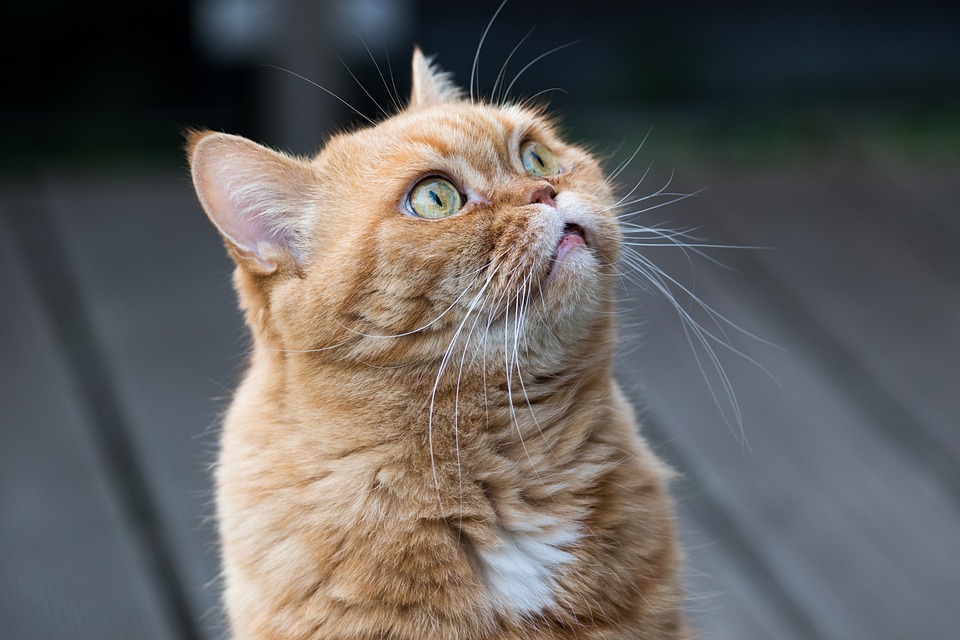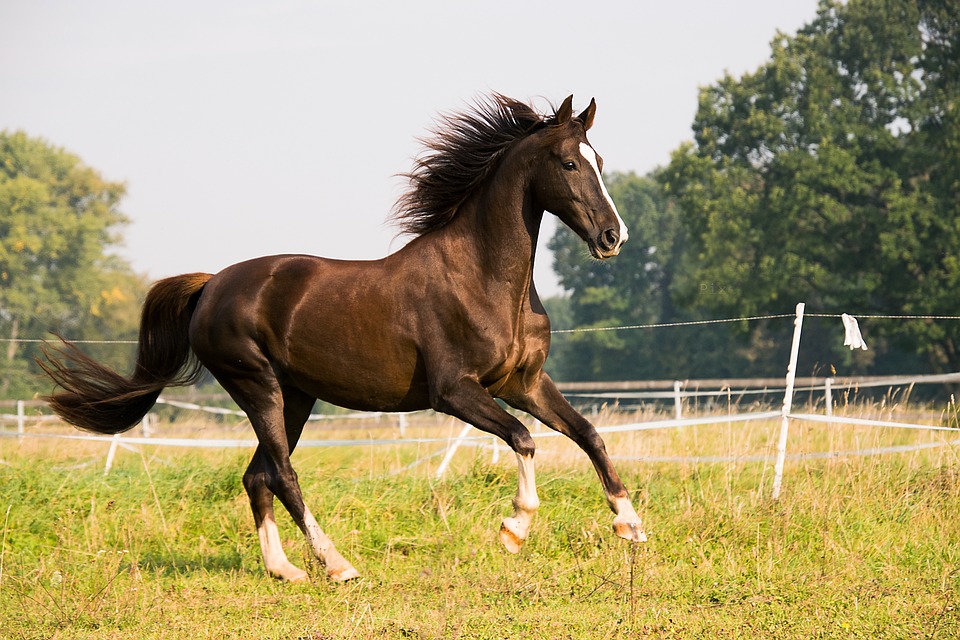Cats are known for their unique vocalizations, and one of the most endearing sounds they make is trilling. This adorable noise falls somewhere between a purr and a meow, and most cats use it in response to something positive, like being offered their favorite treat. Trilling is just one of the many ways that cats communicate with their human companions and other feline friends.
According to recent research, cats have the most extensive vocal repertoire among carnivorous animals. This is due to their social organization, nocturnal activity, and the long periods of contact between mother cats and their kittens. Cats use different types of vocalizations to express their feelings and emotions during interactions, whether it’s with humans or other cats. Trilling is often a sign of a positive interaction, such as greeting a familiar face or expressing happiness.
Mother cats also use trills to communicate with their kittens, whether it’s to get their attention, guide them, or simply check on their well-being. Even as cats grow older, they don’t lose the habit of trilling. In fact, a study on cat vocalizations found that trilling is one of the most common sounds cats make, second only to meowing. This highlights the importance of trilling in how cats communicate with each other and with their human companions.
Trilling is just one type of vocalization that cats use to express themselves. Cat vocalizations are generally divided into three main categories: murmur sounds, vowel sounds, and forced intensity sounds. Each type of vocalization serves a different purpose, whether it’s expressing contentment, seeking attention, or showing aggression. Trilling falls under the murmur sounds category, along with purring and groaning, and is often associated with positive emotions.
While trilling is typically a sign of happiness and affection, it’s essential to pay attention to your cat’s overall behavior and body language. Sudden changes in vocalization patterns or the introduction of new, distressing sounds may indicate that something is wrong with your cat. If you notice any unusual or concerning vocalizations, it’s best to consult with your vet to rule out any potential health issues.
In conclusion, a cat’s trill is a friendly and affectionate way for them to communicate with their human companions and other cats. It’s a sign of happiness and recognition, whether they’re greeting you or interacting with their feline friends. Understanding your cat’s unique language, including their trilling sounds, can help strengthen the bond between you and your furry friend. So, the next time your cat trills, know that it’s their way of saying they’re happy to be with you.





